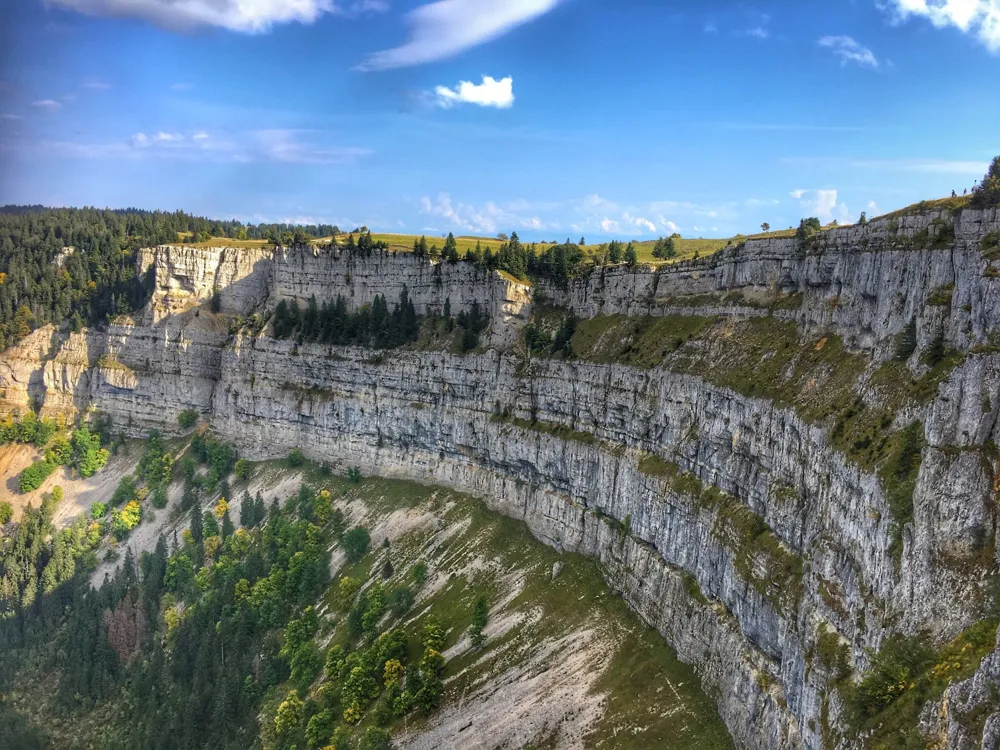Bhutan, known as the Land of the Thunder Dragon, is a mystical paradise nestled within the Himalayas. Among its most serene landscapes is the scenic Gangtey Valley, also known as Phobjikha Valley. This 3,000-meter-high valley offers stunning vistas, marshy plains, and bamboo-dotted fields. Often compared to a hidden gem, Gangtey Valley is famous for its winter visitors—the rare black-necked cranes. Surrounded by snow-covered peaks and flowing rivers, this valley embodies Bhutan’s natural beauty and rich traditions, making it a must-visit for those exploring Bhutan.

Gangtey Monastery – A Spiritual Landmark Among Hills

Perched on a hilltop, the ancient Gangtey Monastery (or Gangtey Goempa) is the largest Nyingma monastery in the Phobjikha Valley. Founded in the 17th century by Pema Trinley, the grandson of revered saint Pema Lingpa, this monastery holds great religious significance. According to local lore, black-necked cranes circle the monastery three times each year, both upon arriving and leaving the valley. This unique phenomenon is celebrated with an annual Black-Necked Crane Festival. Visitors to Gangtey Goempa can experience its serene atmosphere and admire its stunning views over the valley.
Kumbhu Lhakhang – A Temple of Healing and Enlightenment
Kumbhu Lhakhang, a unique 17th-century temple, offers visitors a glimpse into Bhutan’s spiritual heritage. The temple, dedicated to the deity Sipey Gyalpo, is filled with ancient statues and artifacts. The first floor holds a statue of the Medicine Buddha, believed to have healing powers, while the second floor houses statues of the Buddhas of the past, present, and future. Known for the ritual of Kumbu Tsham Choe, held on the 29th day of the eighth Bhutanese month, this temple is a fascinating site that blends spirituality with history.
Black-Necked Crane Information Centre – Learn About Bhutan’s Iconic Cranes

The Black-Necked Crane Information Centre offers an insightful experience for nature lovers and bird watchers. Equipped with powerful telescopes, this center provides close-up views of the endangered black-necked cranes that migrate to Phobjikha Valley each winter. The center also features informative displays and knowledgeable staff who share details about these rare birds. Beyond birdwatching, visitors can enjoy stunning views of the valley, making this center a perfect stop for both education and scenic beauty.
Tenkhor Yuetshe Village – A Journey Through Time

Tenkhor Yuetshe is a quaint village that transports visitors back in time. Located past Semchubara village and Gangtey Monastery, this settlement offers an authentic glimpse into traditional Bhutanese life. To reach Tenkhor Yuetshe, one travels through forests, rugged paths, and marshlands, making the journey itself an adventure. With its serene environment and close-knit community, this village is a perfect retreat for those seeking peace and connection with Bhutan’s timeless culture.
Nyelung Dechenling – A Sacred Oasis of Peace
Among the holy sites in Gangtey Valley, Nyelung Dechenling stands out as one of the most revered. Once the residence of Nyingma master Longchen Rabjam, this temple houses fascinating relics, including a cypress tree believed to have grown from his walking stick and a thanka with his blood-stained handprints. With friendly monks who share stories of Bhutan’s spiritual past, a visit to Nyelung Dechenling offers a serene and educational experience.
Kuenzang Chholing Shedra – A Buddhist Learning Sanctuary

Kuenzang Chholing Shedra, or Buddhist College, is an esteemed center of learning located near Gangtey Monastery. This religious college houses around 300 monks, offering courses in Buddhist philosophy, rituals, and scripture. Visitors interested in Bhutan’s rich religious traditions will find Kuenzang Chholing Shedra to be a rewarding destination. The welcoming atmosphere and dedication of the monks make this college an inspiring place to deepen one’s understanding of Buddhism.
Damchen Lhakhang – A Tranquil Retreat with a Storied Past
Damchen Lhakhang, founded by the Buddhist master Trulku Paljor Gyeltshen, serves as a modest but significant retreat. Once used by the founder as a place of meditation, this monastery is now managed by Gangteng Rinpoche. Housing around 17 monks and two teachers, Damchen Lhakhang is a peaceful site that speaks to Bhutan’s spiritual heritage. It provides an opportunity for visitors to experience Bhutan’s religious history on a more intimate scale.
Khewang Lhakhang – A Testament to Bhutan’s Spiritual Artistry

Khewang Lhakhang is a beautifully crafted temple dating back to the 15th century. Built under the guidance of Tibetan craftsmen, it features statues of the Buddhas of the past, present, and future, and its walls are adorned with intricate murals that narrate sacred tales. Khewang Lhakhang hosts an annual tsechu festival in the ninth month of the Bhutanese calendar, where locals gather for colorful celebrations. This temple is a must-visit for its artistic beauty and vibrant cultural significance.
Wangmo Hand-Woven Carpet Factory – Traditional Craftsmanship at its Best
For a true taste of Bhutanese handicrafts, visit the Wangmo Hand-Woven Carpet Factory. Founded by Dorji Wangmo, this factory produces exquisite carpets that have gained international recognition. Specializing in organic, handwoven carpets, this factory employs only women from Phobjikha Valley, empowering the community through traditional skills. Visitors can watch the weaving process, buy carpets, or take home a unique souvenir from this thriving artisan hub.

